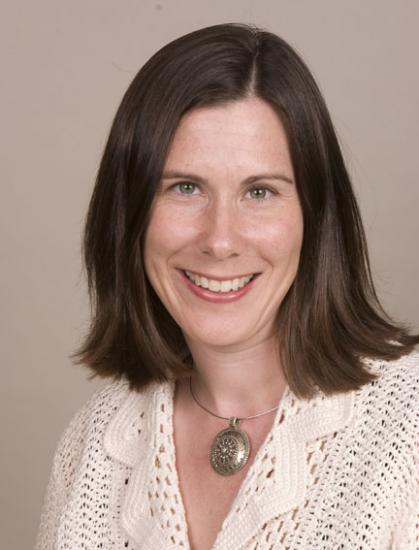
PROVIDENCE, R.I. [Brown University] — Hurricane Sandy was a fearsome reminder that coastal communities are highly vulnerable to extreme weather events and environmental variability and that vulnerability is only expected to increase with climate change. Brown University scientists Heather Leslie and Leila Sievanen, members of an interdisciplinary research team focused on human-environment interactions in coastal regions, will discuss these challenges at the annual meeting of the American Association for the Advancement of Science in Boston.
Leslie and Sievanen will participate in a symposium titled “Building Resilience of Coastal Communities to Environmental and Institutional Shocks” on Sunday, Feb. 17, 2013, from 8:30 to 11:30 a.m. at the Hynes Convention Center.
More than 40 percent of the world’s population lives in coastal areas. With 53 percent of the U.S. population living in coastal counties according to the most recent census and that percentage expected to grow to 63 percent by 2020, the United States is a coastal nation.
“These communities are economic engines and also highly valued for their cultural heritage and social vitality,” Leslie said. “Understanding how people living in coastal communities cope with weather-related disturbances, as well as other disruptions like changes in government regulations and economic cycles, can help us to design more proactive and comprehensive policies to support coastal communities’ resilience in the future.”
A case study in the Gulf of California
Leslie, the Peggy and Henry D. Sharpe Assistant Professor of Environmental Studies, leads an international team of scientists exploring these themes in the Gulf of California in northwest Mexico. By pairing information on the social and ecological dimensions of the Gulf’s small-scale fisheries, Leslie and her colleagues are identifying linkages between people and the environment. Their research explores how climate-related shocks and other disruptions influence both coastal communities and the marine ecosystems on which they rely.

Sievanen, an environmental anthropologist at JIMAR (Joint Institute for Marine and Atmospheric Research) in Hawaii and a visiting researcher at Brown, will present results on the capacity of individual fishers and households to adapt to climate variability in the southwestern part of the Gulf of California, near the city of La Paz. Drawing from more than 80 household surveys and interviews, she will discuss key social, institutional, and economic factors that currently affect the ability of fishermen to perceive and adapt to climate variability. The primary strategies that fishermen use to cope with variability are shifting fisheries activities and diversifying occupations. The preliminary findings suggest that local and national fisheries institutions may in some cases create barriers to these adaptation strategies.
For example, increasingly stringent requirements on where and for what species fishermen can fish are limiting individuals’ ability to cope with seasonal shifts in species abundance and weather conditions. The findings also document substantial variation in coping strategies between urban and rural fishermen, with those living in more densely populated areas being better able to adapt to both weather and regulatory changes.
“The Gulf of California is an excellent case study,” Leslie said. “Not only is it highly valued for its biodiversity on land and in the sea, it also is one of the regions of Mexico that is changing most rapidly, economically and demographically. By studying human-environment interactions in this region, we have opportunities to generate new knowledge of how people are connected to coastal marine ecosystems. Using that knowledge, we can create models for such integrated research and policy translation in other coastal marine systems, including the Northeast.”
The research in the Gulf or California is funded by the National Science Foundation, with additional support from Brown University’s Environmental Change Initiative and The David and Lucile Packard Foundation.
